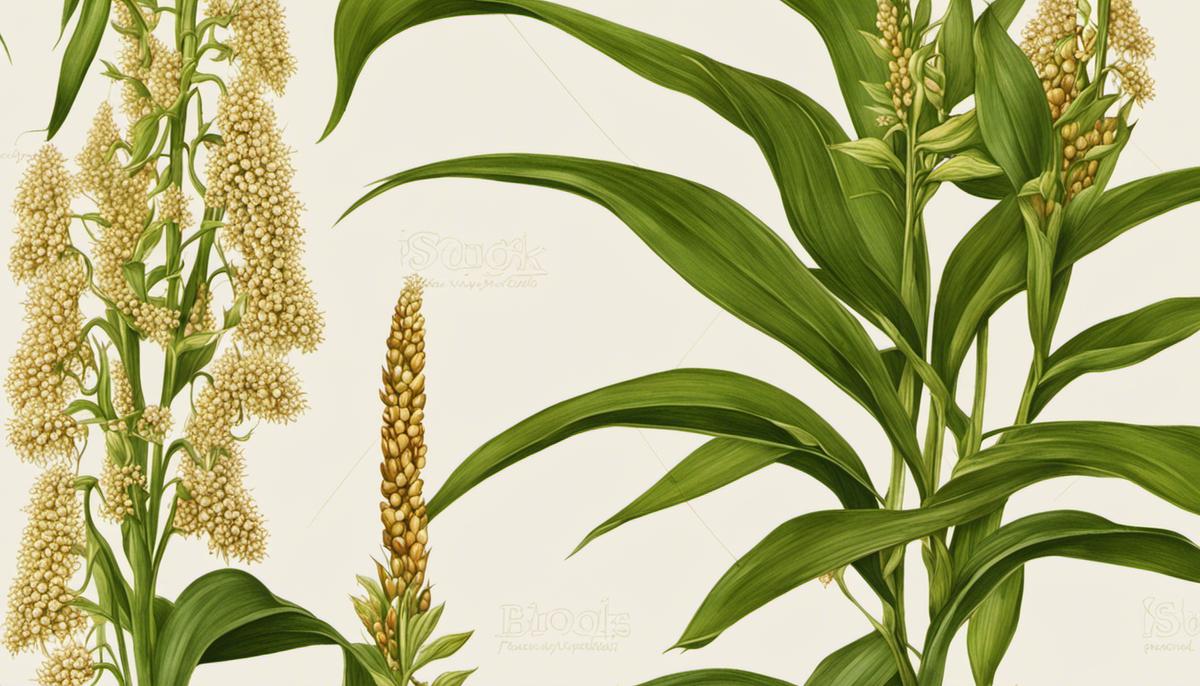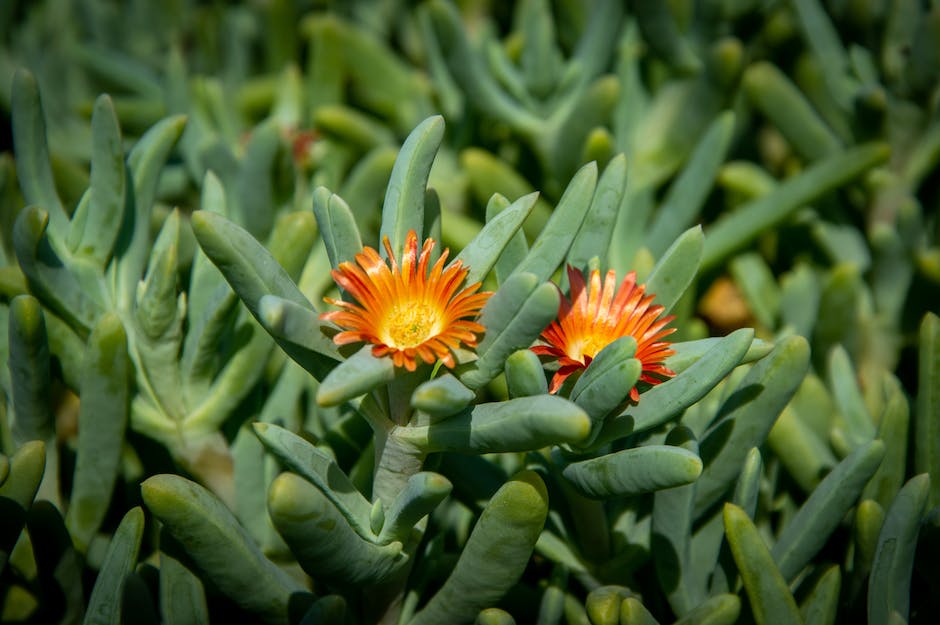Anatomical Traits and Growth Habit of the Sorghum Plant

In the diverse world of agriculture, the sorghum plant holds a special place due to its remarkable resilience and versatile usage. Renowned for its adaptive capabilities and unique anatomy, this plant thrives under various environmental conditions, contributing significantly to global food security. This comprehensive exploration considers the integral aspects of the sorghum plant, delving deep into its biological structure, from roots to grains, and sheds light on its intriguing growth patterns. Understanding these dynamic elements is key to refining agricultural practices for optimal sorghum cultivation and securing a sustainable and resilient food supply.
Understanding Sorghum Plant Anatomy
Sorghum, belonging to the Poaceae family and one of the top five cereals globally, has distinctly evolved structural attributes that enable it to flourish in a variety of environments, especially in drought-stress conditions – a unique characteristic among most cereal crops. Its morphology, characterized by a robust root system and an efficient photosynthetic apparatus, is a testament to its survivability in harsh arid and semi-arid terrains.
The root structure of the sorghum plant is a compelling study of evolutionary adaptation, designed for survival in nutrient-poor soils and water-stressed environments. It consists of a well-developed fibrous root system, highly branched for maximum acquisition of available resources. Furthermore, the roots’ expansive reach into lower soil layers is conducive to extracting water from below the root zone, thereby equipping the plant with a significant competitive advantage during dry spells.
The sorghum plant is also characterized by its photosynthetic efficiency, credited largely to its C4 photosynthetic pathway. Adored by scientists for its resilience, the C4 pathway dramatically enhances the plant’s water use efficiency while mitigating the adverse effects of high temperature and bright light conditions. This highly efficient photosynthetic adaptation, coupled with the sorghum plant’s other structural facets, collectively contributes to the plant’s rigorous adaptability and its global cultivation across diverse and challenging environmental landscapes.

Exploring the Growth Habit of Sorghum
When pondering the performance of sorghum across diverse growth conditions, its unique growth habits inevitably elevate the discussion. Sorghum plants’ phenotypic plasticity largely determines the efficient distribution and allocation of biomass which significantly influences the crop’s productive potential. This characteristic, in essence, allows the plant to alter its growth and development in response to variations in the environment. This biological response means that despite identical genetic composition, individuals from the same sorghum variety show substantial differences in leaf area, plant height, and tiller number under contrasting growth conditions, enabling optimized resource acquisition and use.
Additionally, the panicle architecture of the sorghum plant has considerable impact on the quantity and quality of harvested grain; it is a composite trait involving panicle length and width, branch and spikelet number, and grain number and size. These traits are orchestrated by complex genetic networks, and display notable variation in different genotypes. Panicles that are more compact or possessing shorter branches, for example, are less prone to grain mold and bird-predation, securing more viable seeds at harvest.
The variability and adaptability of these traits broadens the selection of sorghum varieties for cultivation in a range of diverse environments. Breeding efforts guided by understanding diverse growth habits can lead to the development of high-yielding sorghum lines resilient to environmental stressors, manifesting the implications of sorghum’s phenotypic plasticity and panicle architecture for cultivation. Harnessing the inherent growth traits of sorghum indeed offers a promising pathway towards attaining sustainable and resilient agricultural systems.

Therein lies the fascinating complexity of the sorghum plant, a crucial lynchpin in agricultural ecosystems. Its intriguing physiological structure, adaptive biology and distinct growth habits illuminate why it is such a resilient crop worldwide. Further comprehension and research into this plant’s biology can provide valuable insights, enhancing cultivation strategies and ultimately bolstering food security. Whether you’re an established farmer, aspiring agronomist or an inquisitive enthusiast, these revelations about the sorghum plant’s diverse nature underscore the beauty and intricacy of the natural world around us.



